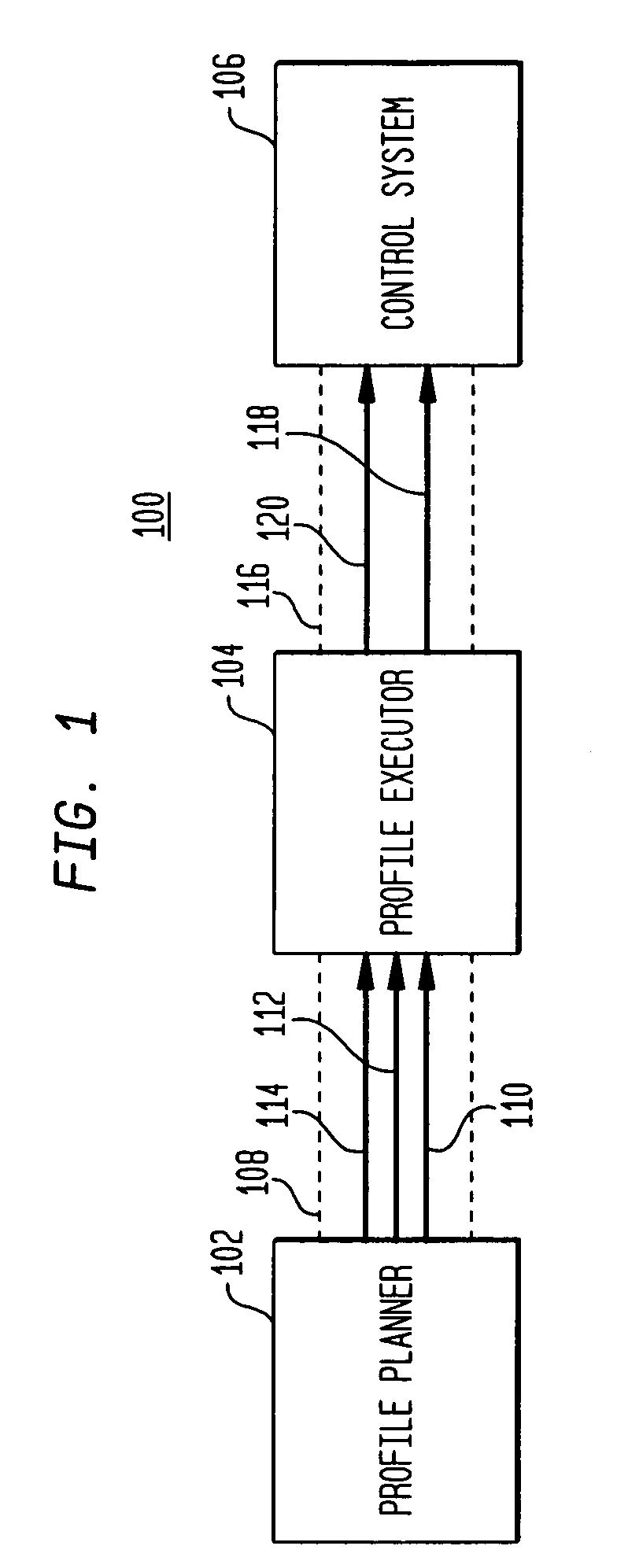Method and system for processing a discrete time input signal where the clock rate of a discrete time output signal is a multiple of the clock rate of input signal samples
a discrete time output and clock rate technology, applied in the field of signal processing, can solve the problems of inability to achieve the effect of accurate signal processing results, computationally expensive and slow signal processing techniques, etc., and achieve the effect of efficient and accurate interpolation techniques and accurate signal processing results
- Summary
- Abstract
- Description
- Claims
- Application Information
AI Technical Summary
Benefits of technology
Problems solved by technology
Method used
Image
Examples
Embodiment Construction
I. Operational Environment
[0025]Before describing the invention in detail, it is useful to describe an example environment in which the invention can be implemented. As the invention is directed to signal processing techniques, it is particularly useful in photolithography applications, such as profile planning and the command and control of photolithography scanning processes. FIG. 1 illustrates such an environment.
[0026]FIG. 1 is a block diagram of an exemplary operational environment 100. Operational environment 100 includes a profile planner 102, a profile executor 104, and a control system 106. Profile planner 102 designs device trajectories in accordance with user-specified requirements. This design process results in the generation of a state signal set 108 that defines a trajectory for a device, such as a scanning trajectory for a substrate stage or a reticle stage in a photolithography tool. Profile planner 102 is implemented as a computer program product that is executed b...
PUM
 Login to View More
Login to View More Abstract
Description
Claims
Application Information
 Login to View More
Login to View More - R&D
- Intellectual Property
- Life Sciences
- Materials
- Tech Scout
- Unparalleled Data Quality
- Higher Quality Content
- 60% Fewer Hallucinations
Browse by: Latest US Patents, China's latest patents, Technical Efficacy Thesaurus, Application Domain, Technology Topic, Popular Technical Reports.
© 2025 PatSnap. All rights reserved.Legal|Privacy policy|Modern Slavery Act Transparency Statement|Sitemap|About US| Contact US: help@patsnap.com



